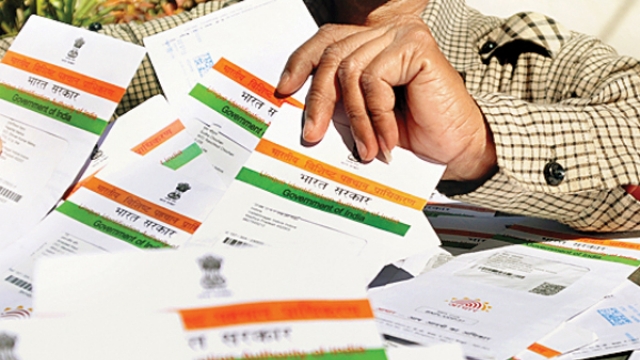It may not be The Bridge on the River Kwai, but this documentary on the tragic death of over 1.5 lakh Tamil workers is more real than the Oscar-winning David Lean film.
What the 1957 film does not tell, this one does: the story of over two lakh Tamil emigrants from Malaysia and Burma, who were forced to labour between 1940 and 1942 on a 415 km-railway track between Thailand and Burma (Myanmar), including a bridge on the Kwai, as part of Japan’s Greater Asia plan.
A new documentary titled Siam-Burma: Marana Railpathai (Thailand-Burma: The Death Railway) by Puducherry-based academician R. Kurinjivendan sheds light on the dark event. The hour-long film will be screened at R.K.V. Studios in Chennai on Saturday.
“The Japanese estimated that it would take five years to complete the project. If it was over in 15 months, you can imagine how these poor workers toiled to lay the track and a road alongside,” said Mr. Kurinjivendan, an assistant professor at the Arignar Anna Arts and Science College, Karaikal.
Only 35,000 returned, as per a British census after World War II, indicating that over 1.50 lakh Tamils perished. They fell victim to snakes and insects, cholera, malaria and Beriberi. “Some of them committed suicide, unable to bear the burden and the Japanese torture,” says the academician, who began his project in 2002-03. He travelled to England, Australia, Canada, Thailand, Malaysia and Myanmar to research documents of the Allied Forces.
Moved by poet Subramania Bharati’s evocative song, Karumbu Thottathile, on the plight of Tamil plantation workers abroad, he began a quest to trace the fate of those who migrated from the present-day Tamil Nadu after 1800. He travelled to England, Australia, Canada, Thailand, Malaysia and Myanmar to research documents of Allied Forces. The result was his doctoral thesis, ‘The Tamil Immigrants of Colonial Malaya—Life and Literature.’
Though many communities, including Mukkulathor and Gounder, migrated, the majority were Dalits from Chengalpattu and North Arcot, he found.
It was not just the British, but the Portuguese and the Dutch too who transported Tamils from Ramanathapuram, Sivaganga, Pudukottai, Coimbatore, Chengalpattu and North Arcot to various countries to work in plantations. “At least one person from a family was forced to work on the Death Railway,” says Dr. Kurinjivendan.
During his visit to Myanmar and Malaysia, he met a few survivors, like the 112-year-old Pal Pandian. He was too old to recollect the events, but on the third day of their meeting he narrated his experience in laying a mud road along the track. Subhash Chandra Bose’s Indian National Army is believed to have used it. The track snaked through 300-km of thick rainforest in Thailand and 115 km in Myanmar.
Sourced from PTI, Featured image courtesy: en.wikipedia.org

























